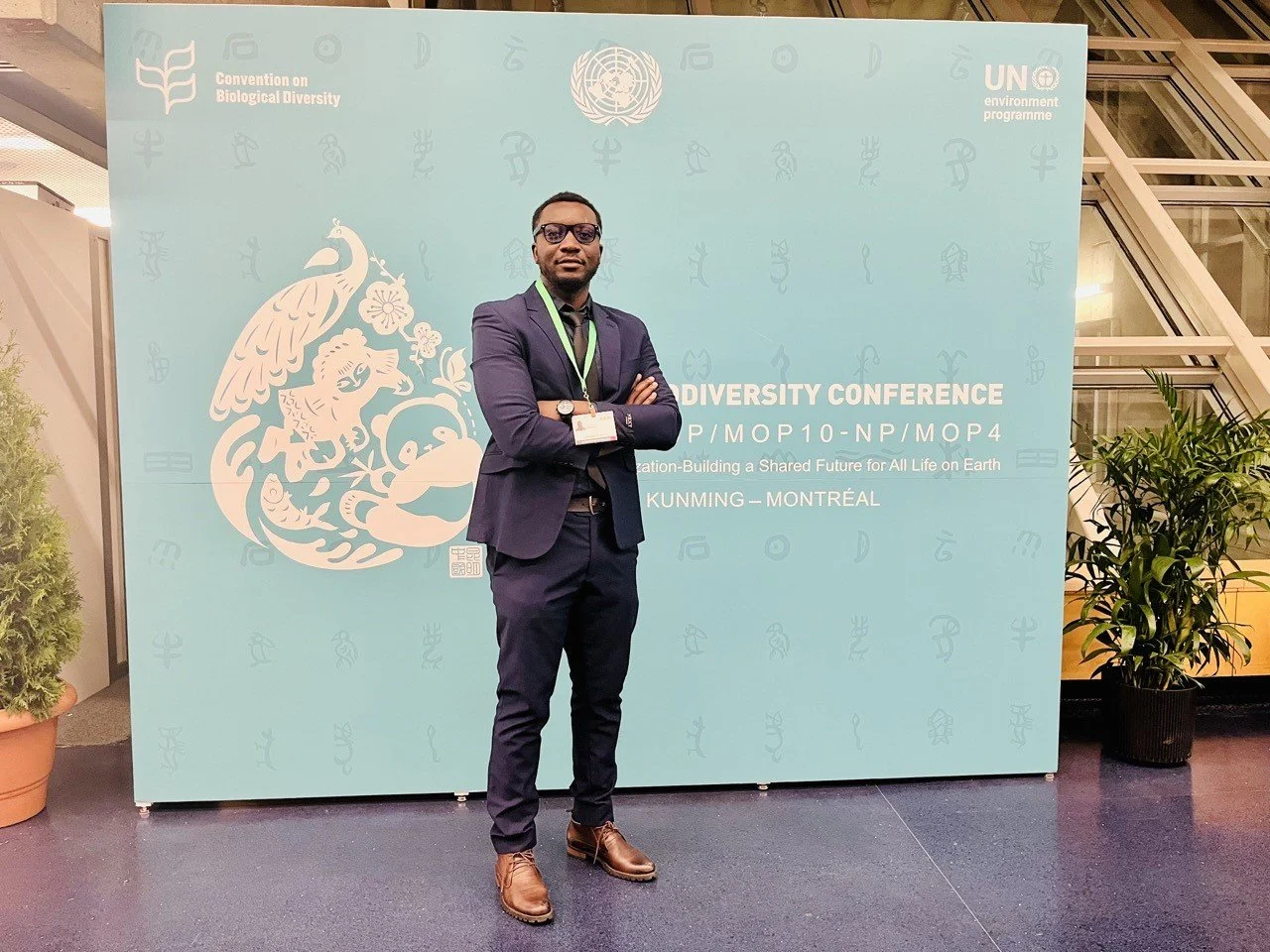5 Lessons from COP15
From the 7th to the 19th of December 2022, countries' representatives met in Montreal-Canada to discuss one of our most pressing environmental issues - The Biodiversity crisis. This convention is known as the 15th United Nations Conference of Parties on Biodiversity Conservation - COP15. Unlike COP27 in Egypt, which focused on the global climate change issue, COP15’s main goal was to develop the Global Biodiversity Framework - GBF to help guide the global efforts to achieve the 30x30 biodiversity conservation goals.
Attending this convention as part of the Oxford University delegation and as a Weidenfeld and Hoffmann Trust scholar was a fantastic opportunity to understand what the priorities for different countries in terms of conservation are and to what extent countries could bring their understanding together to design a framework that would potentially address this complex and systemic issue.
After two weeks of negotiations, which were not as smooth as we expected, countries finally agreed to pursue effective conservation and management of at least 30% of the world standing, inland waters, coastal areas, and oceans, with emphasis on areas of particular importance for biodiversity and ecosystem functioning and services. The GBF prioritises ecologically-representative, well-connected, and equitably governed systems of protected areas and other effective area-based conservation, recognising indigenous and traditional territories and practices.
Five lessons we learned as first-time attendants to COP15:
1. Understanding COP dynamics. We gladly discovered that COP15 was a space not only to watch parties' debate but also a learning environment to foster connections between different stakeholders such as NGOs, ILPCs, the private sector, academia, and governments. We had the opportunity not only to follow the negotiations closely but also simultaneously engage in conversations about various exciting topics.
2. Hearing all voices. The need to involve local and indigenous communities in negotiations as crucial leaders in biodiversity conservation, as well as women and youth. During COP15, there were many advocacy actions to take into consideration the demands of ILPCs and women and youth organisations. It was clear that we could only achieve global conservation targets with them.
3. The value of academia. The work of researchers starts before COP begins, and it is continuous. Encouraging scientific communication and dissemination is essential because collaboration with organisations and governments is the only way to enhance evidence-based discussions and decisions locally and globally.
4. Systems thinking. All nations have different pressing issues. Some might find it difficult to allocate their resources to biodiversity conservation when they struggle with political crises, high extreme poverty rates, and conflicts. That is why parties and organisations should systemically rethink the biodiversity crisis considering the political and economic systems.
5. The political will & power dynamics. It is undeniable that wealth and resource access asymmetry between countries play a role in negotiations. Therefore, we need global north nations to transform political will into concrete actions and commitments for mobilising resources to key biodiversity areas.
Finally, it is essential to recognise that even though we are discussing the biodiversity crisis, the world operates in a system, and we need a systemic approach to solve any issues. As you read this blog, you might not have a background in environmental studies, but we encourage you to reflect on this and share your thoughts, irrespective of your field.







